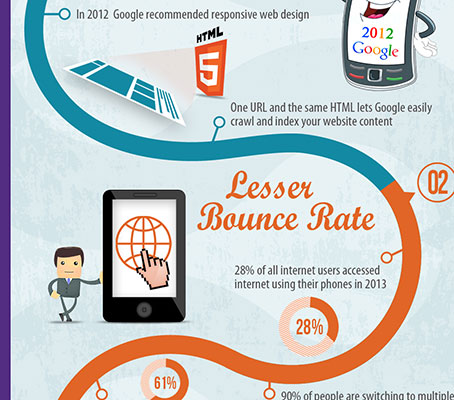Interested In Discovering Exactly How Internet Site Design Has Altered Over The Years? Discover The Progression From Fundamental, Simple Layouts To User-Centered Methods That Prioritize The Requirements And Preferences Of On-Line Visitors
Interested In Discovering Exactly How Internet Site Design Has Altered Over The Years? Discover The Progression From Fundamental, Simple Layouts To User-Centered Methods That Prioritize The Requirements And Preferences Of On-Line Visitors
Blog Article
https://www.thenationalnews.com/business/comment/2022/01/02/five-digital-marketing-trends-that-can-help-businesses-in-2022/ By-Dalrymple Harding
In the past, web sites were easy and focused on info. Navigation was direct, and design was for desktop computers. Now, customer experience is essential. Data guides designs for simple navigation. Responsive layouts fit different tools. Today, dark setting reduces stress, and minimal food selections enhance navigation. Interactive functions engage users, and bold visuals stick out. AI combination enhances engagement. See how layout has actually developed to boost your on the internet trip.
Early Days of Web Design
In the very early days of web design, simpleness preponderated. Websites were fundamental, with limited colors, fonts, and layouts. The emphasis got on offering information rather than fancy visuals. Individuals accessed the net via slow dial-up links, so rate and performance were essential.
Navigating menus were straightforward, normally situated at the top or side of the page. Web sites were developed for home computer, as mobile browsing had not been yet common. Material was king, and developers prioritized very easy readability over complex design elements.
HTML was the key coding language used, and designers had to work within its constraints. Animations and interactive features were very little compared to today's standards. Web sites were fixed, with little dynamic material or individualized individual experiences.
Increase of User-Focused Design
With the development of site layout, a shift in the direction of user-focused design concepts has come to be increasingly noticeable. Today, developing web sites that focus on customer experience is essential for engaging visitors and achieving service objectives. User-focused style includes recognizing the demands, preferences, and habits of your target audience to customize the website's design, material, and features accordingly.
Designers now carry out comprehensive study, such as customer surveys and functionality screening, to gather insights and comments directly from customers. This data-driven approach aids in producing instinctive navigation, clear calls-to-action, and aesthetically appealing user interfaces that reverberate with visitors. By putting the user at the center of the style procedure, internet sites can deliver a more tailored and satisfying experience.
Responsive design has actually also become an essential facet of user-focused layout, guaranteeing that web sites are optimized for various devices and screen sizes. This flexibility enhances access and usability, dealing with the diverse means individuals engage with web sites today. Fundamentally, the rise of user-focused style indicates a change towards creating digital experiences that prioritize the requirements and expectations of completion customer.
Modern Trends in Web Design
Discover the most recent fads forming web design today. One noticeable trend is dark setting design, providing a sleek and modern appearance while minimizing eye pressure in low-light settings. Another vital fad is minimalist navigating, simplifying menus and boosting individual experience by focusing on essential elements. Including micro-interactions, such as computer animated buttons or scrolling effects, can develop a much more engaging and interactive web site. Receptive design stays important, guaranteeing seamless customer experiences throughout different devices. In addition, using vibrant typography and unbalanced formats can include aesthetic rate of interest and draw attention to specific material.
Incorporating AI innovation, like chatbots for client assistance or customized suggestions, improves customer interaction and simplifies processes. Ease of access has additionally come to be a considerable pattern, with developers focusing on inclusive design methods to satisfy diverse customer needs. Accepting sustainability by maximizing web site efficiency for rate and performance is one more arising pattern in web design. Teaming up with customer responses and information analytics to iterate and enhance design continually is essential for staying appropriate in the ever-evolving electronic landscape. By welcoming these modern-day patterns, you can create a visually attractive, user-friendly site that reverberates with your audience.
https://what-is-seo-plugins28495.dbblog.net/3131943/selecting-the-most-effective-electronic-marketing-company-for-your-business
As you reflect on the advancement of site layout from the very early days to currently, you can see just how user-focused layout has actually become the driving force behind contemporary fads.
Accept the journey of adjustment and adjustment in website design, always keeping the user experience at the forefront.
Remain current with the most recent patterns and innovations, and never ever stop developing your strategy to create visually magnificent and easy to use sites.
Develop, adjust, and develop - the future of web design remains in your hands.
